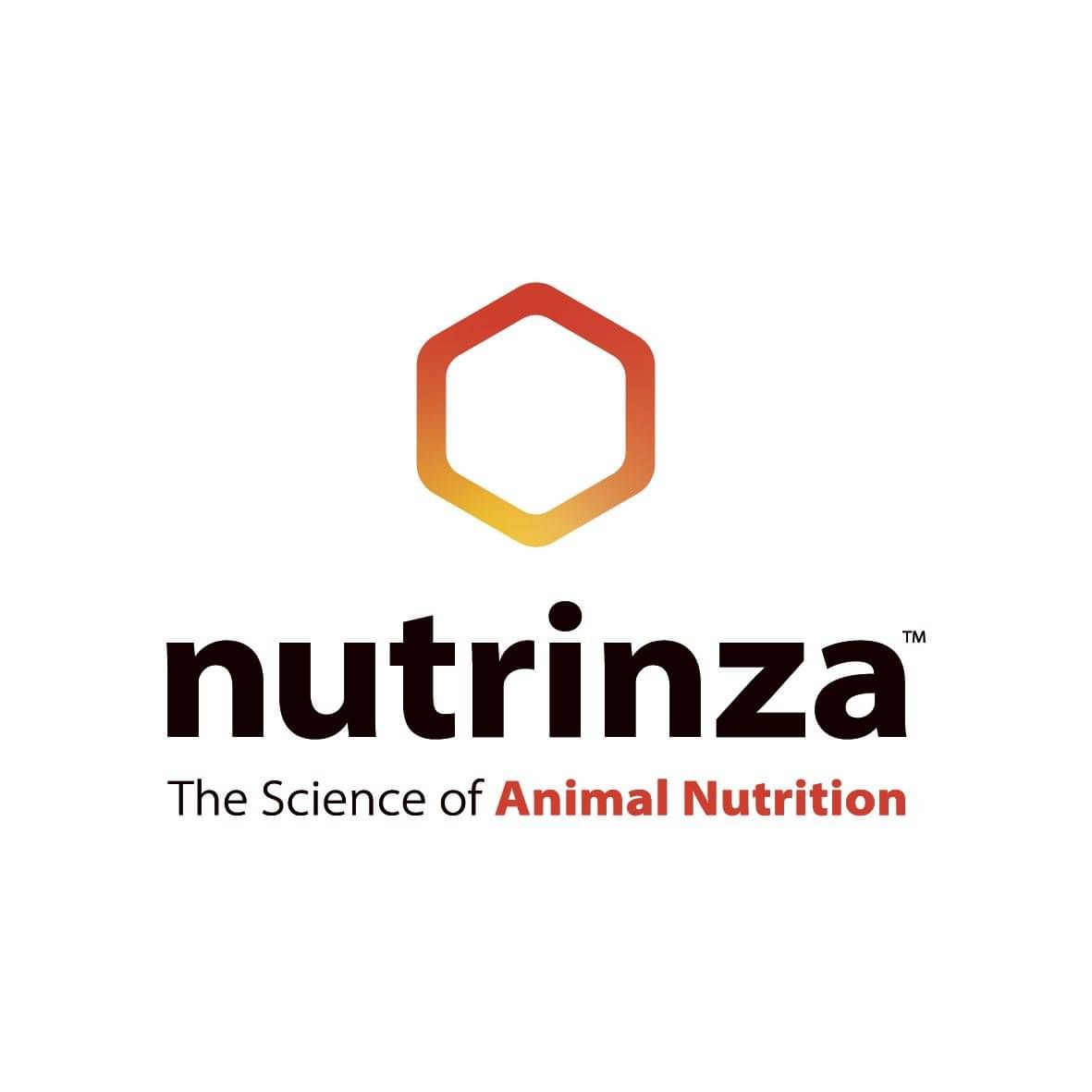Feed Additives
Plant-based Feed Grade Oil
Nutrinza’s plant-based feed grade oil is the ideal product to include in feed blends for not only ease of farming but also benefits of cows.

Feeding Recommendations
Dust suppression in blends is achieved at an inclusion rate of only 1%. Slightly higher inclusion rates can be considered for blends containing very dusty products or blends containing higher than normal mineral inclusion.
Adding oil to blends reduces the possibility of feed separation, especially finer minerals, during transport and silo storage.
Due to the special application method used in the Nutrinza blending process, the plant-based feed grade oil is thoroughly mixed in the feed. The feed stays dry.
Due to the lower sugar and higher dry matter %, the shelf life of blends containing oil is longer than blends containing molasses.
Note: Consult your milk supply company for FEI guidelines
DM | 100% |
ME (MJ/kg DM) | 37 |
Crude fat | 100% |
NDF | 0% |
Description
Used to address dust related issues at minimal inclusion rates.
Our plant-based oil consists mainly of Canola oil with other plantbased oils (no palm oil) added at low inclusion rates.
Nutritional Benefits
Oil suppresses dust at very low inclusion rates. Just 1% is all that is required to suppress dust in most instances. Less dust improves animal health by reducing dust inhalation, ensures less wastage as it reduces the feed blown out of in-shed feed troughs, and largely eliminates eye irritation in the dairy shed for staff.
No build-up of feed on feed auger systems (compared to molasses for example). This reduces the time-consuming unblocking and cleaning of in-shed feed systems and silos.
Less wear of feed systems motors and augers due to the lubricating effect of the oil.
Oil is one of the highest energy feed sources available. It has a ME of 37kJ/kg DM. Added at 1% of the feed lifts ME by an average of 1.25MJ/kg DM.
Want to find out more?
Contact your local TSR or the Nutrinza sales team.
Cattle Feed Storage on Farm
As with any grain or meal feed products need to be kept dry as moisture combined with heat can cause fungi to grow. Common on farm storage methods are: in a shed or unused fertiliser bin; in a covered pit; on a concrete pad; or in a cutting, covered with plastic sheet and tyres. Most feed should be used reasonably expediently (within 40 - 50 days). The longer you plan to store feed products the better your storage facilities need to be.
